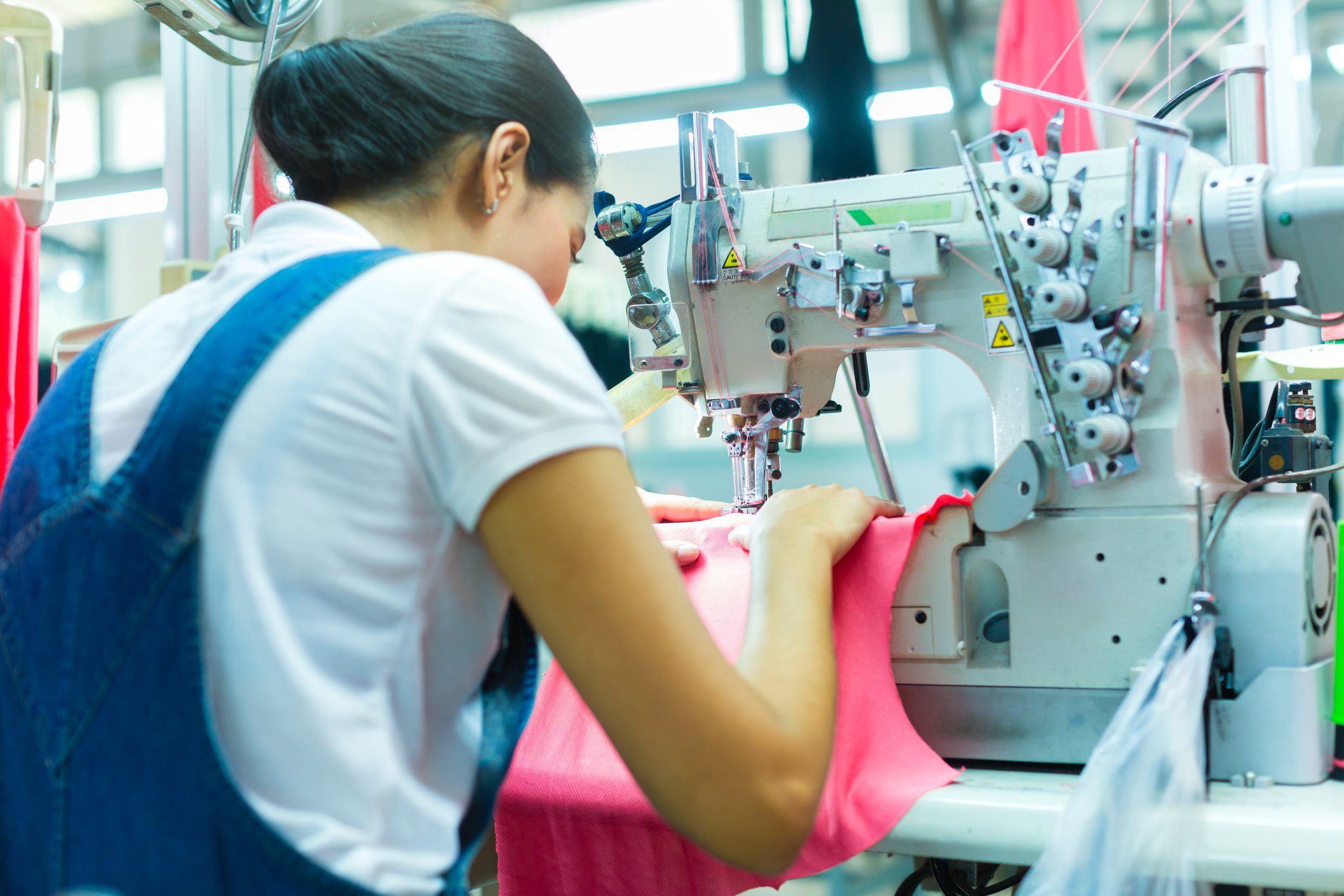
27 Sep Textile Troubles: Why southeast Asian supply chains are slowing
Companies seeking relief from China Section 301 tariffs, as well as seeking to take advantage of lower-cost labor, made the move to more developing nations in hopes of diversifying their supply chains pre-pandemic. While an idea with merit, the relocation of factories or component manufacturers requires a trained workforce, factories and more importantly, the means to get goods to buyers.
For textile and apparel manufacturers, countries like Vietnam and Bangladesh held – and still do hold – great promise. However, with decreased passenger travel and another wave of Delta racing around the globe, these countries are also over-exposed to risk while their populations are woefully under-vaccinated.
According to data from the World Health Organization, as of September 27th a little over 26% of Vietnam’s population had received at least one vaccination dose and only 22% of the country is fully vaccinated. Bangladesh is even lower, with 14% having received one dose and 9% being fully vaccinated. Companies seeking relief from China Section 301 tariffs, as well as seeking to take advantage of lower-cost labor, made the move to these developing nations in hopes of diversifying their supply chains.
The low vaccination percentages mean that governments have only one recourse to restrict the spread of the virus – extreme lockdowns similar to what western countries imposed in early 2020 when there was little knowledge about how the virus was spread.
That knowledge is today informing how countries, cities or states take action to protect their populations from further exposure and from overrunning their health care capacity. For Vietnam’s textile manufacturing sector, measures taken in and around Ho Chi Minh meant a third of the factories were unable to operate.
The lockdowns, slated to end mid-September, now run through the end of the month. This shutdown came at a time when Vietnam passed Bangladesh for the second spot on the WTO’s list of largest textile exporters. Small to medium-sized brands aren’t the only ones feeling the pressure. Global companies such as Nike have disclosed that they lost ten weeks of apparel and footwear production in Vietnam and it will take several months to return to full output.
Of course, these countries do not possess the huge network of containers, infrastructure and deep-water ports to command direct calls from vessels that are being held up in San Pedro here in the United States and increasingly at Chinese ports as well. So for the factories which are operating, securing equipment and space is even more difficult than in other, more developed parts of the Asian supply chain.
For exporters from countries like Vietnam, Cambodia and Bangladesh, this means adapting supply chains to prioritize high-value, most in-demand products and utilizing air freight when and where possible. Future Forwarding is focused on continuing to monitor the situation in these countries which are important to the textile and apparel sector and delivering important updates on rates, capacity and options for our customers’ supply chains.




No Comments